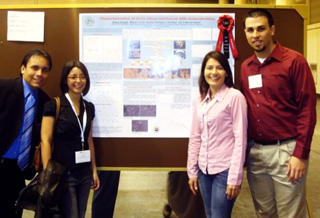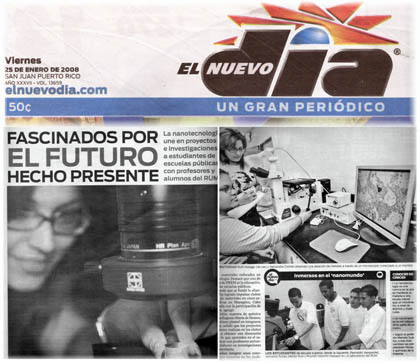Scientific and technological progress of our society demands the development of new materials as well as the optimization of the properties in those materials of actual use; materials–related issues are present in all types of industries. Therefore, the formation of professionals with an effective background in the understanding of science and engineering concepts behind materials utilization and performance becomes indispensable.







